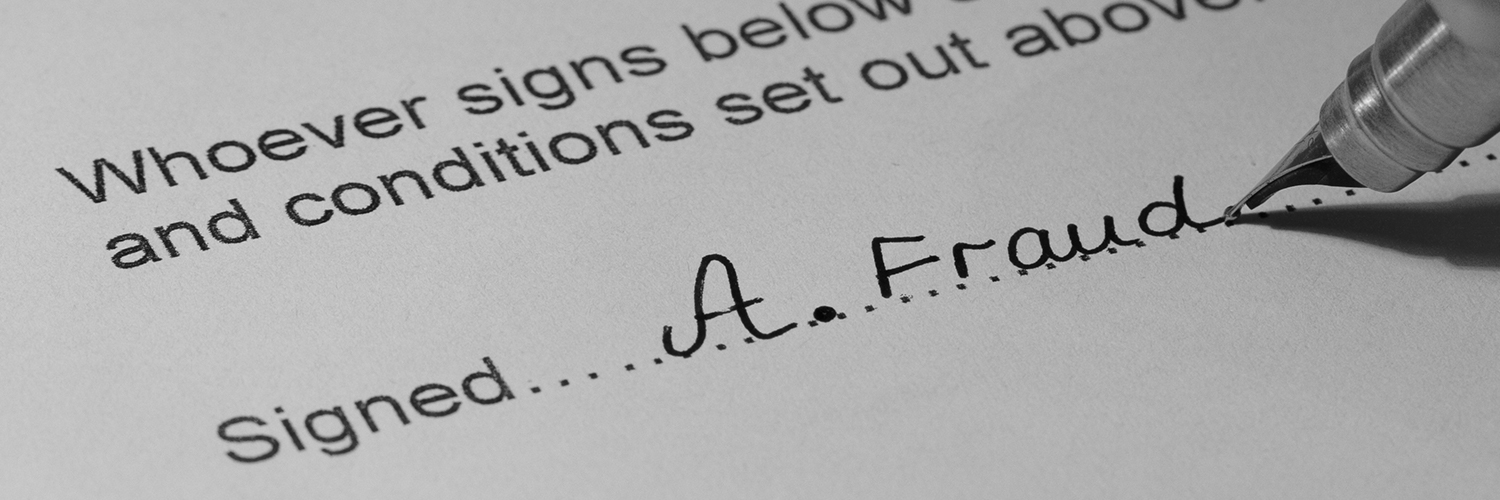
In State v. Arno, the WA Court of Appeals Division III held that a paper check presented to a bank is excluded from the definition of an “access device.” Such a paper check will not support a conviction for Second Degree Possession of Stolen Property.
BACKGROUND FACTS
The defendant Mr. Ibrahim Arno brought a forged check for $1,000 to a Wells Fargo Bank in May 2018. He was charged with Forgery and Possession of Stolen Property. While his charges were pending, Mr. Arno missed a court date. He was later charged with Bail Jumping.
The case proceeded to trial. The check was nominally written and bore a signature from the victim Mr. Pinnow. He testified that a box of checks had been stolen from his house in 2017 and that the check in question was one of those that had been stolen. He denied writing the check, and the signature on the check did not match the bank’s records. The account the check was drawn on had been closed earlier after several of the stolen checks were fraudulently cashed.
Regarding the Bail Jumping Charge, Mr. Arno testified that he received a scheduling order with several dates crossed out and was “confused.”
A jury found Mr. Arno guilty of all charges. He appealed the Possession of Stolen Property conviction because the statutory definition of “access device” specifically excludes paper checks from its definition.
COURT’S ANALYSIS & CONCLUSIONS
The Court of Appeals began by saying a person is guilty of second degree possession of stolen property if he “possesses a stolen access device.” An “Access device” is defined as “any card, plate, code, account number, or other means of account access that can be used . . . to initiate a transfer of funds, other than a transfer originated solely by paper instrument.”
“Mr. Arno argues that the statute’s plain language excludes an attempt to transfer
funds by presenting a bad check for payment,” said the Court of Appeals. “We agree. If the exclusion is to mean anything, it clearly applies to the presentation of a paper check at a bank.”
The Court of Appeals rejected the State’s arguments that that it was prosecuting Mr. Arno for possessing an account number, not for presenting a forged check. “The record belies the State’s argument,” said the Court. “In addition, it is clear that the State was not charging Mr. Arno for possessing bank account numbers; it was charging him with possession of a stolen check.”
“We hold that a paper check presented to a bank is excluded from the definition of an access device as ‘a transfer originated solely by paper instrument.’ RCW 9A.56.010(1). Thus, there is insufficient evidence to support Mr. Arno’s conviction for second degree possession of stolen property.” ~ WA Court of Appeals
Nevertheless, the Court of appeals affirmed Mr. Arno’s convictions for forgery and bail jumping.
Please contact my office if you, a friend or family member are charged with a crime. Hiring an effective and competent defense attorney is the first and best step toward justice.








